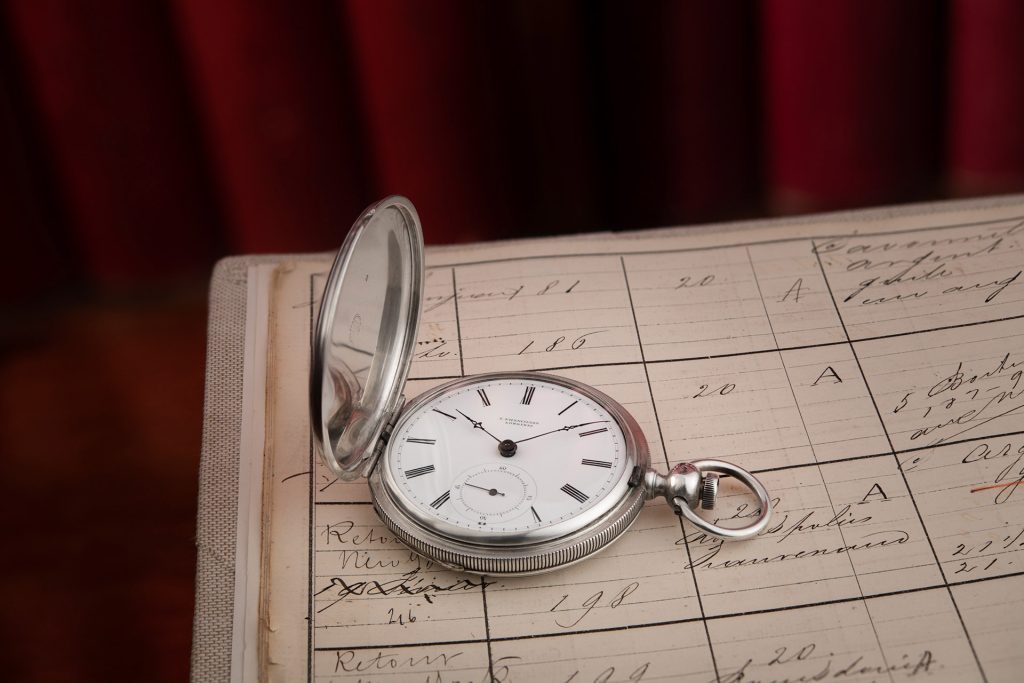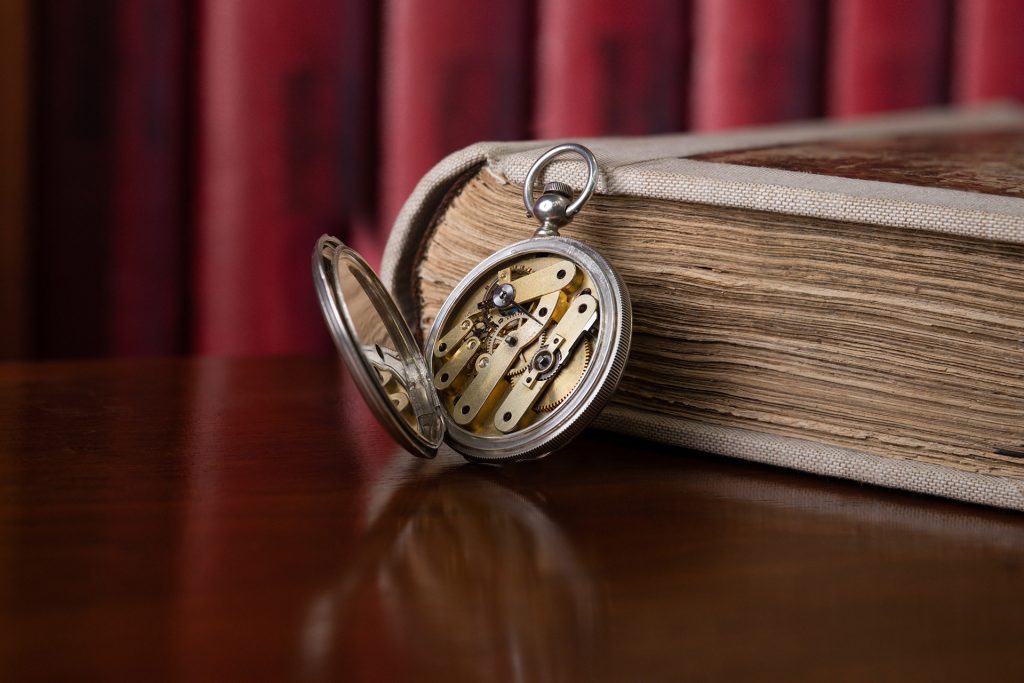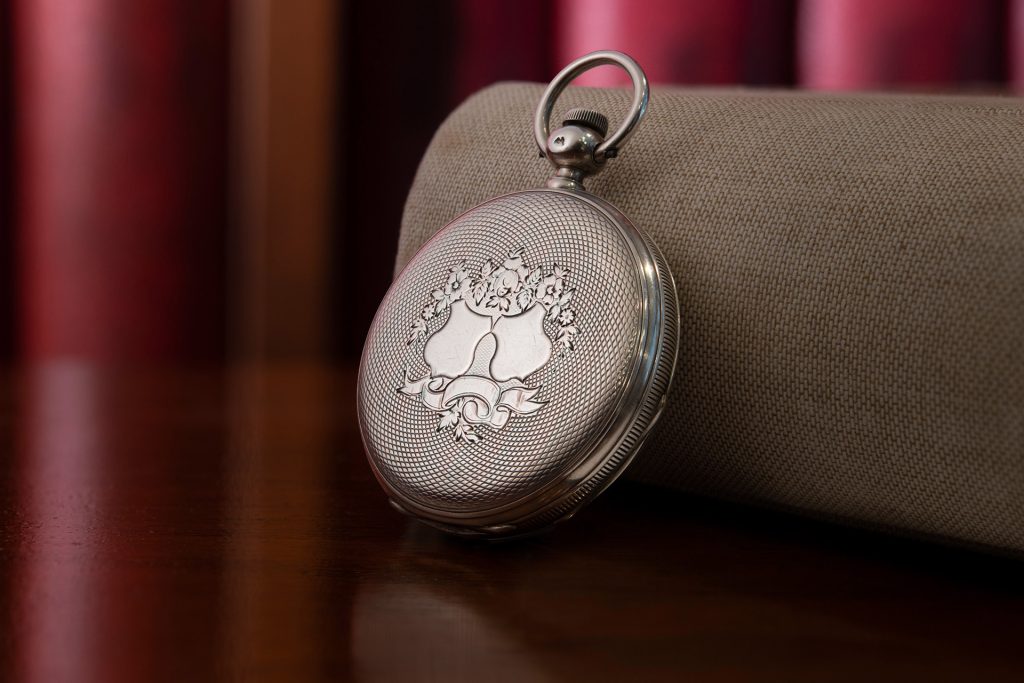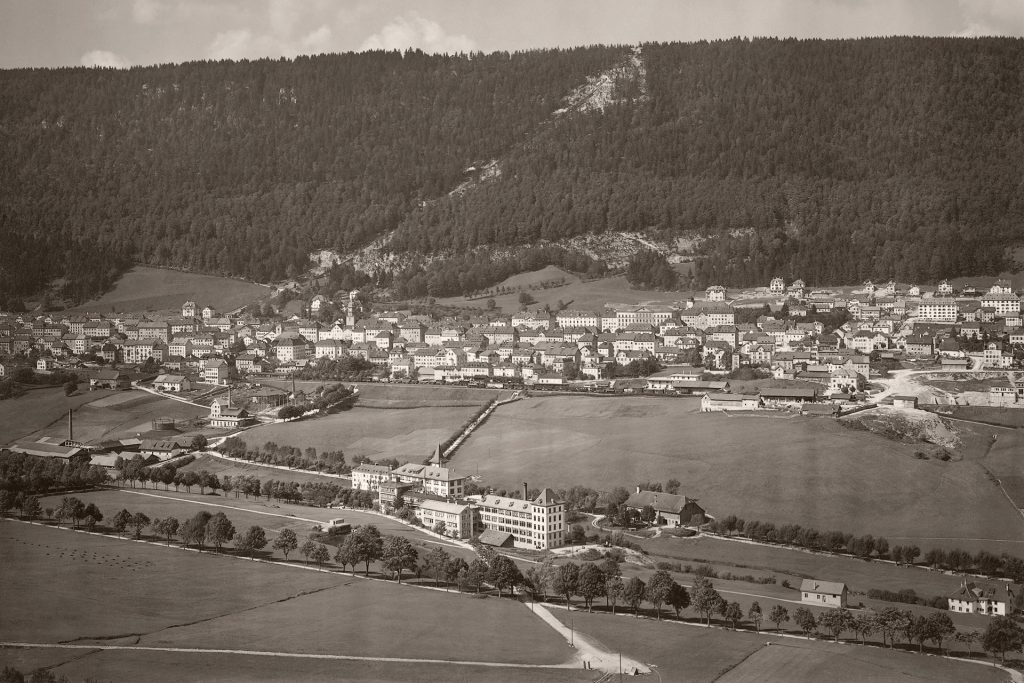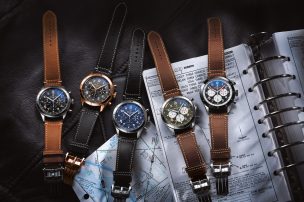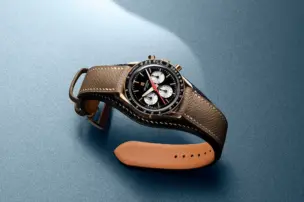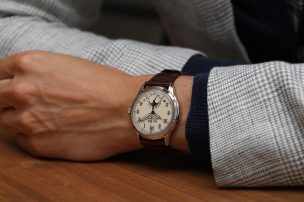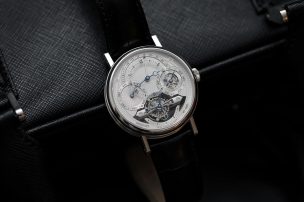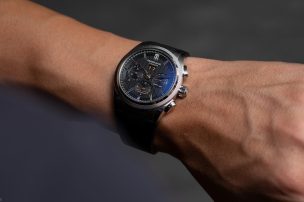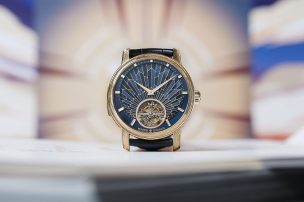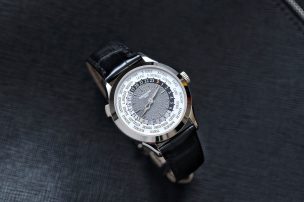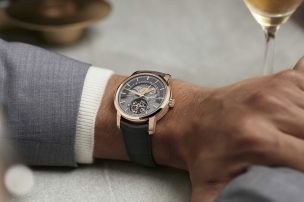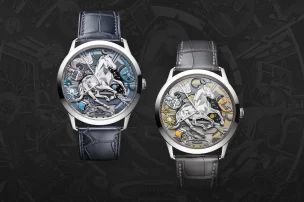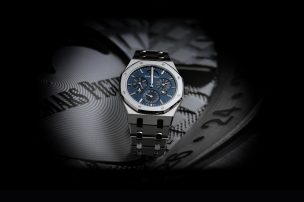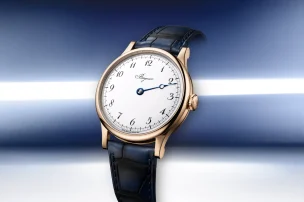
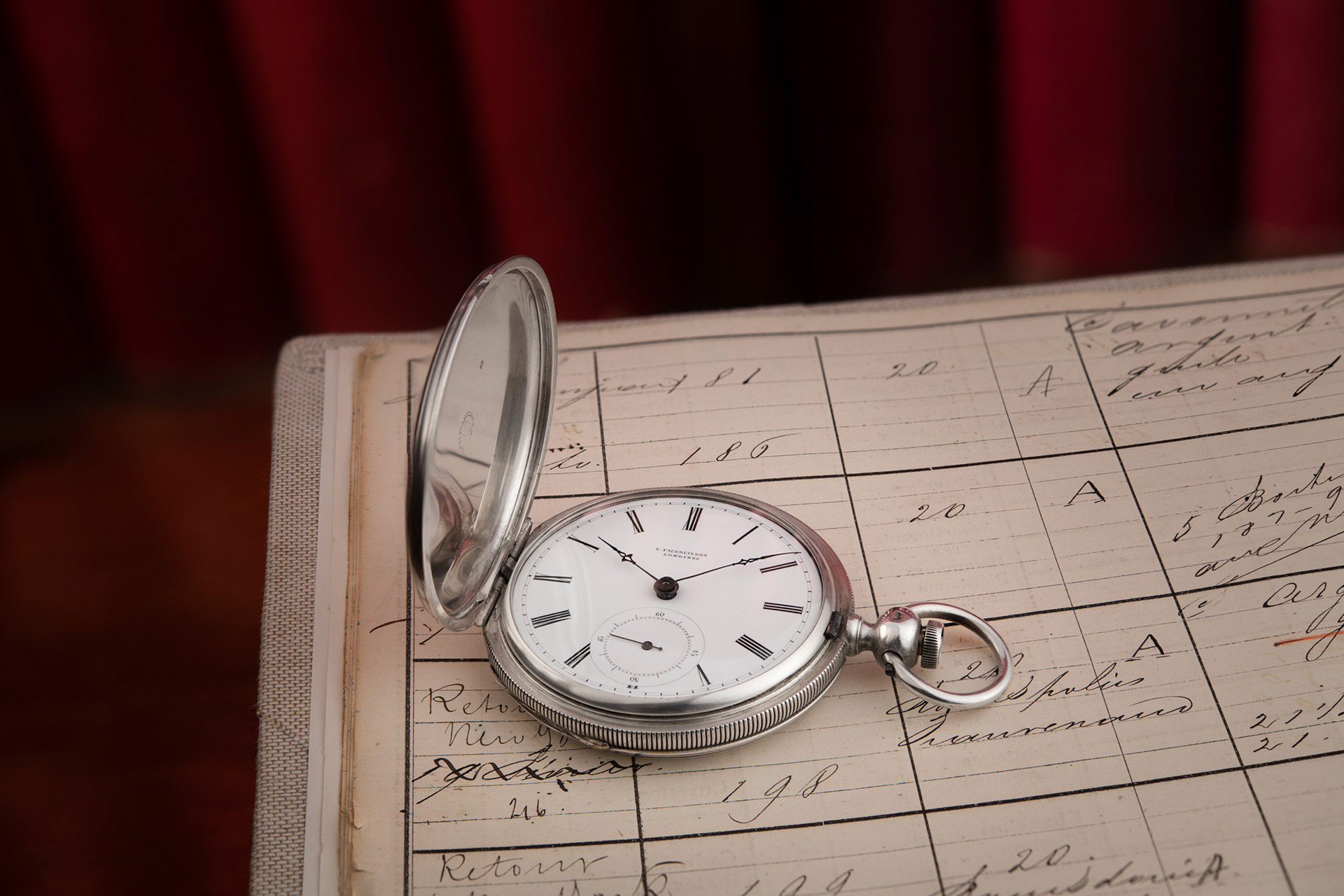
Tracing the horological Heritage of Longines
To name a brand after a ‘long meadow’ sounds just as fairytale-like as the history of the watch brand Longines. The brand from the idyllic village ‘Les Longines’ in Saint-Imier literally means ‘long meadow’. Established in 1832 by Auguste Agassiz, the brand has headed skywards just as consistently as the long meadow-grass of the lush green Jura-valley. Today, around 1.5 million watches leave the factory every year. In 2018, Longines celebrated the 50 millionth watch that was produced since its founding.
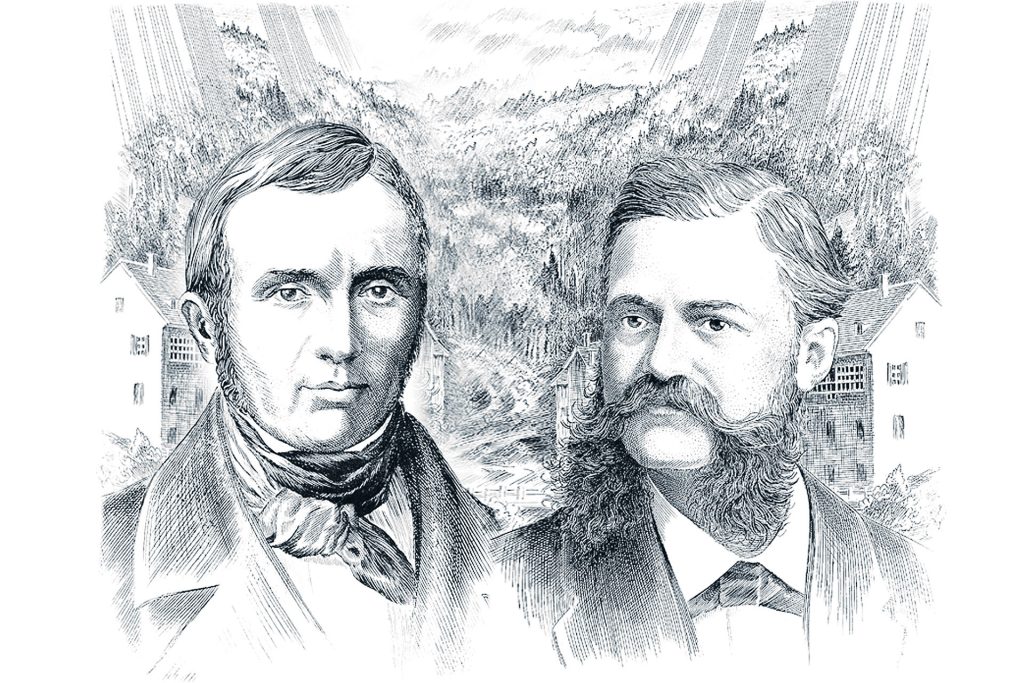
The founders – Auguste Agassiz and Ernest Francillon.
In the beginning however, everything was different. In the founding year 1832, the trading office by Auguste Agassiz and his two partners was named ‘Agassiz & Co.’. At the time, they produced timepieces under the ‘établissage’ system, whereby watchmakers worked at home and supplied their products to the trading offices. Agassiz was responsible for the assembly and sales of the watches. Only in 1850, when Agassiz nephew Ernest Francillon took over the running of the office, he implemented step by step all manufacturing methods in one area.
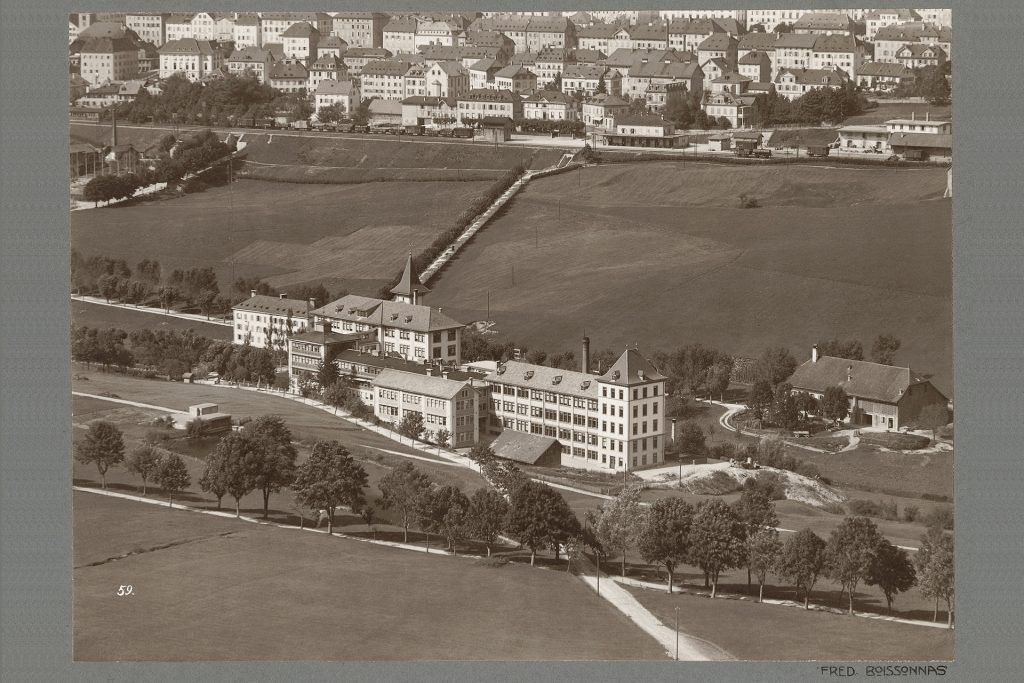
The factory in Saint-Imier around 1911.
He bought two adjoining pieces of land on the right bank of the river Suze, which runs through the St. Imier valley and in 1867, he built the factory Longines. As the village was called ‘Les Longines’, he decided to change the name of the brand accordingly. Having a new brand name, he also established a new logo. The winged hour glass was born – however, it was only patented a trademark in 1889 and is the oldest brand name still in use, unchanged, today. Also in 1867, Francillon introduced his first in-house movement – the 20-line calibre 20A with anchor escapement, pendant winding and setting mechanism. Only recently, a collector has found the oldest known Longines watch. A silver pocket watch with the serial number 183 also from 1867.
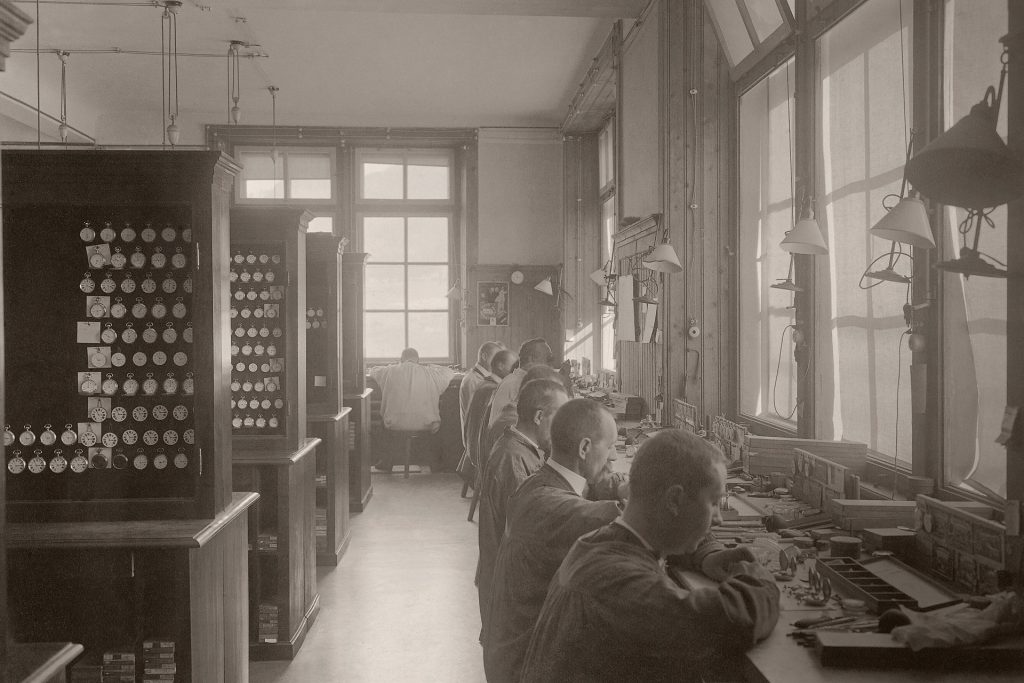
Inside the factory in Saint-Imier around 1911.
This can only be reconstructed in detail, as Longines keeps record of ever numbering since 1867. Every timepiece has a serial number that was documented in so called ‘établissage’-books until 1969. In the 1970s and 1980s they were filed on microfiches and cassettes and digitalized in the 1990s until now. In the company’s own database LEA (Longines Eletronic Archives) they were able to carefully examine every model – and that was literally necessary to validate the genuineness of Longines watches, because to combat counterfeit products, Longines engraved the distinctive winged hour glass onto the movement. Until the 1950s by the way, it was only the lettering Longines that was visible on the dial.
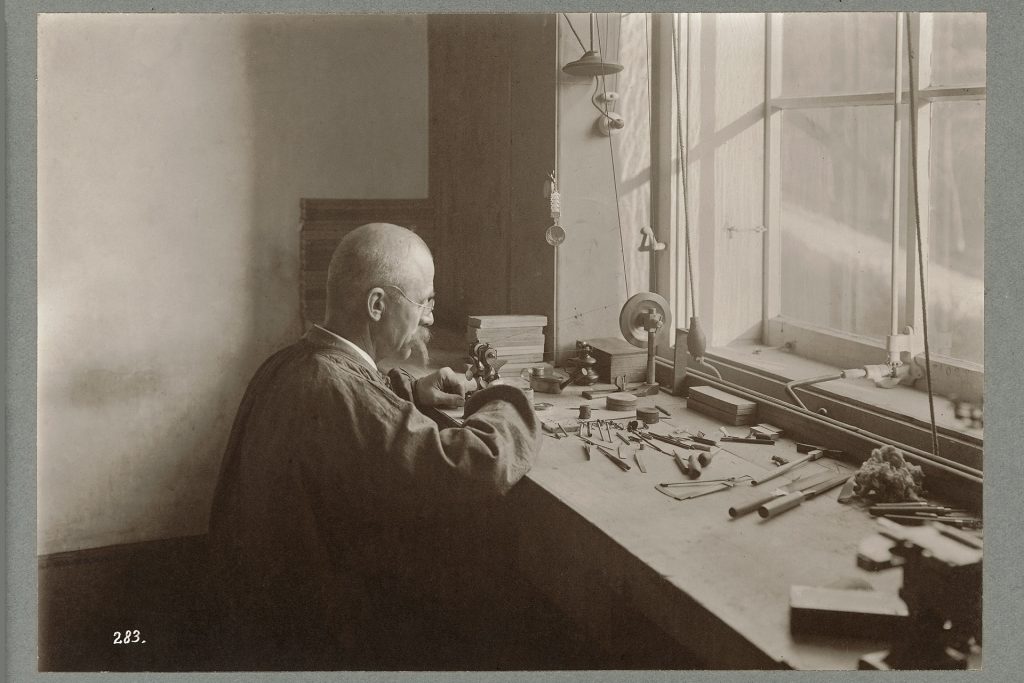
The business was thriving. In 1911, Longines already employed 1100 people and sold watches worldwide. The brand stands for simple and elegant timepieces that ventures technical progress and strongly emphasises on quality. It was always all about following their ideology in the long term, Francillon was not affected by short term trends. It paid off. In 1919, Longines became the official supplier for the ‘International Aeronautical Federation’ and developed highly accurate and reliable navigation instruments. More milestones followed, like the Weems Second-Setting watch from 1927 with the rotating disc that was first produced by Longines and enabled the Pilots to synchronise the second counter with a GMT signal – later in the 1960s the mechanism was also used by divers. After his famous non-stop solo flight over the North Atlantic, Charles A. Lindbergh assigned Longines in 1931 to produce an ‘Hour Angle Watch’, based on the model Weems created in 1927. And in 1945, Longines launched its first self-winding movement calibre 22A.
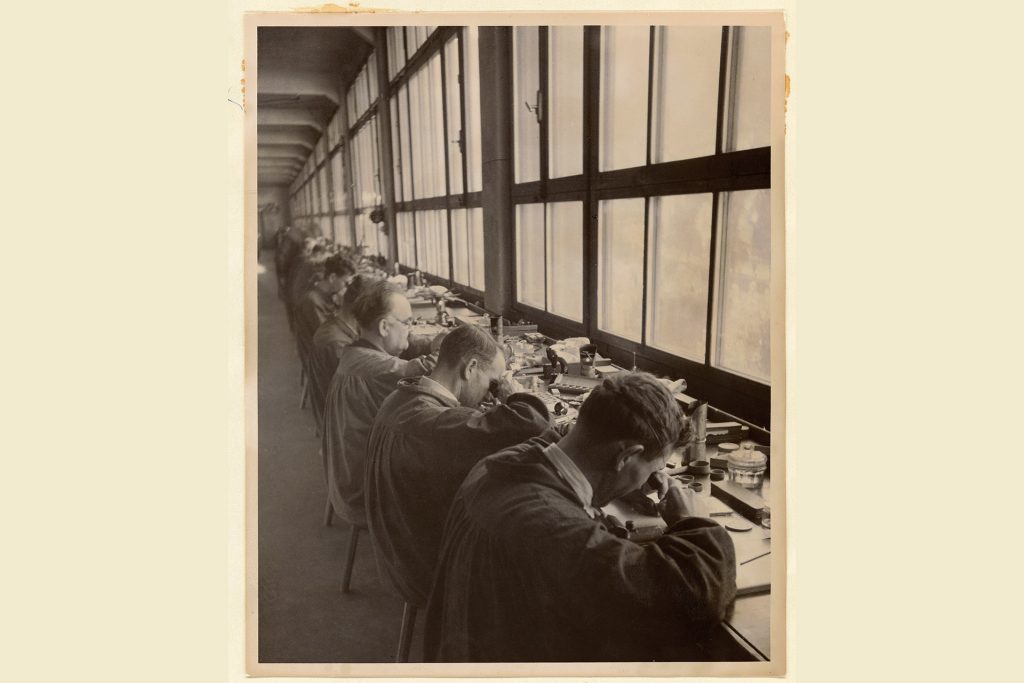
Inside the factory in Saint-Imier around 1937.
Until then, nothing really stood in the way for a continuous upswing. But suddenly in the 1970s the quartz crisis paralysed the Swiss watch industry and also Longines. Only with the acquisition by the Swatch Group (called SMH that time) in 1983 and due to the rich legacy of the well-established watch brand Longines, they were able to build a strong foundation for a profitable future. From now on, movements were manufactured by the subsidiary ETA, some exclusively for Longines. The brand instead focused on preserving the heritage and values that are reflected in the watch collections but also by their professional collaborations. Hence, we mainly link Longines to equestrian- and skiing-sports and tennis – the brand was official partner of the French Open in Roland-Garros for many years. In terms of equestrian sports, Longines is already engaged since 1878 when they launched their first sports-chronograph (calibre 20H) for the timekeeping on the course. It had an image of a jockey with horse engraved into the case.
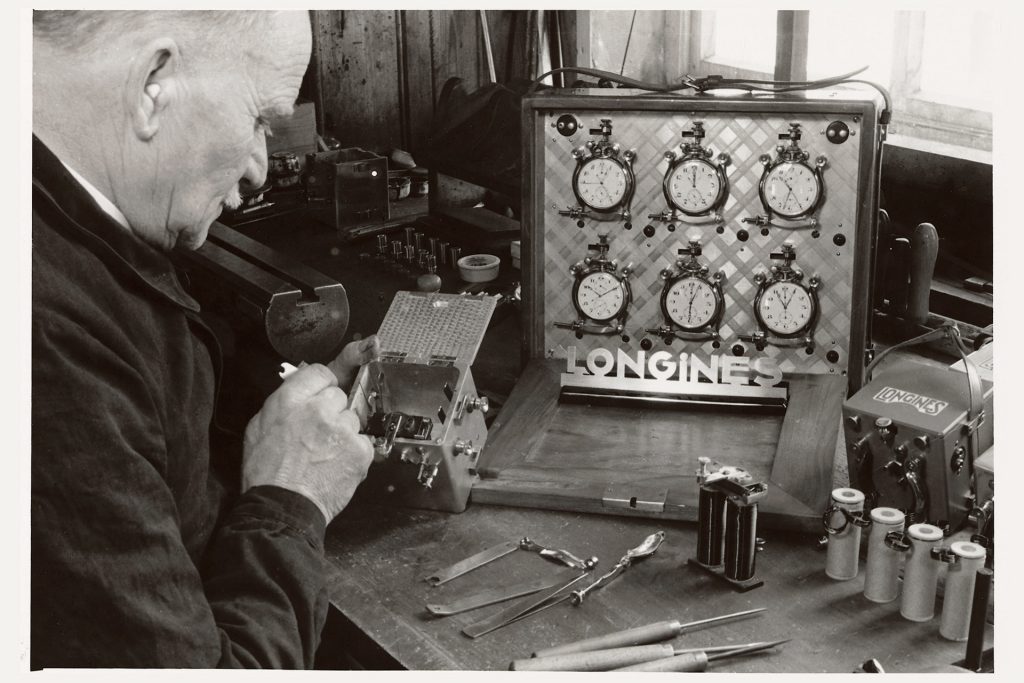
Inside the factory of Longines
ETA instead looks after the technical progress and continuously modifies the (partly exclusive) movements. In 2009, Longines presented a new column wheel chronograph movement (calibre L688) and in 2012, they introduced a single push-piece chronograph with column wheel (calibre L788), both inspired from the original calibre 20H, but modified to fit a wristband-chronograph.
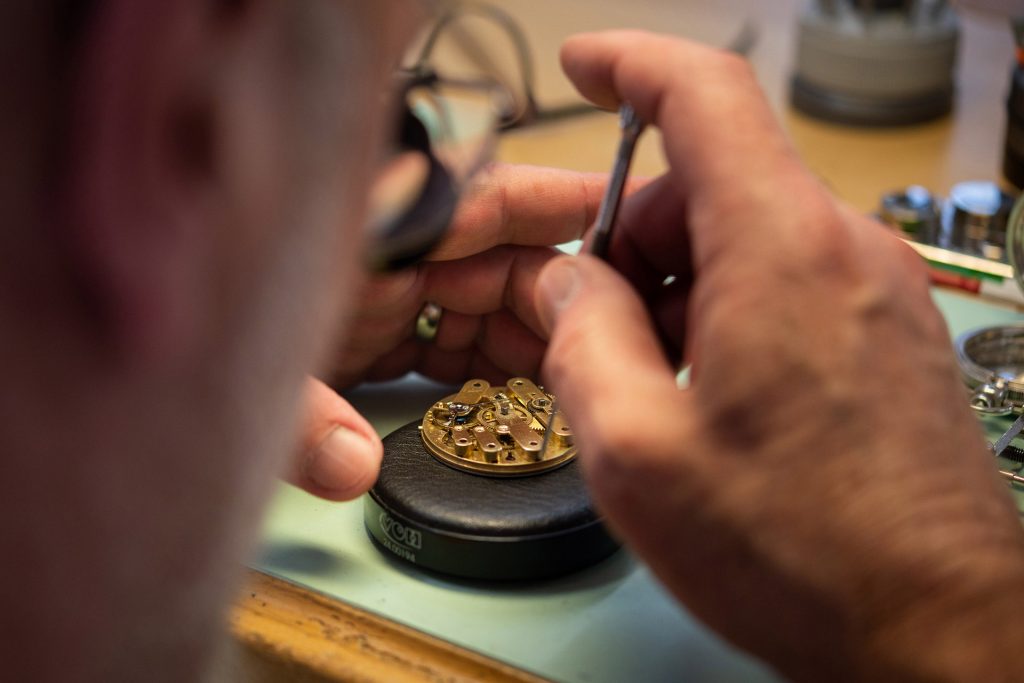
The oldest known Longines watch – serial number 183 from 1867.
Beneath the long meadow, the company steadily grows. Today, it houses the headquarter of the Compagnie des Montres Longines Francillon S.A., its workshops and a museum that traces the rich history of the brand.
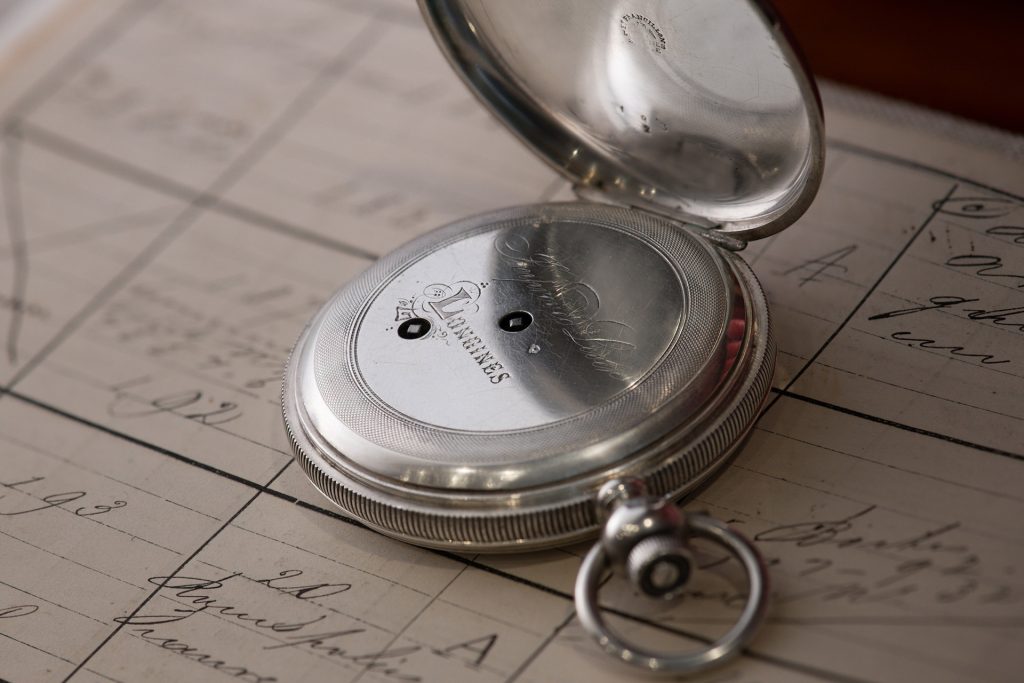
The oldest known Longines watch – serial number 183 from 1867.
In order to continue filling this museum with knowledge and to pay tribute to the pieces from the past, Longines is currently looking for the oldest watch in Germany. Should you have a vintage Longines of any kind on your wrist, in a box or on your garret, you should consider uploading an image and the serial number until end of April on www.longines.com/oldestwatch.
